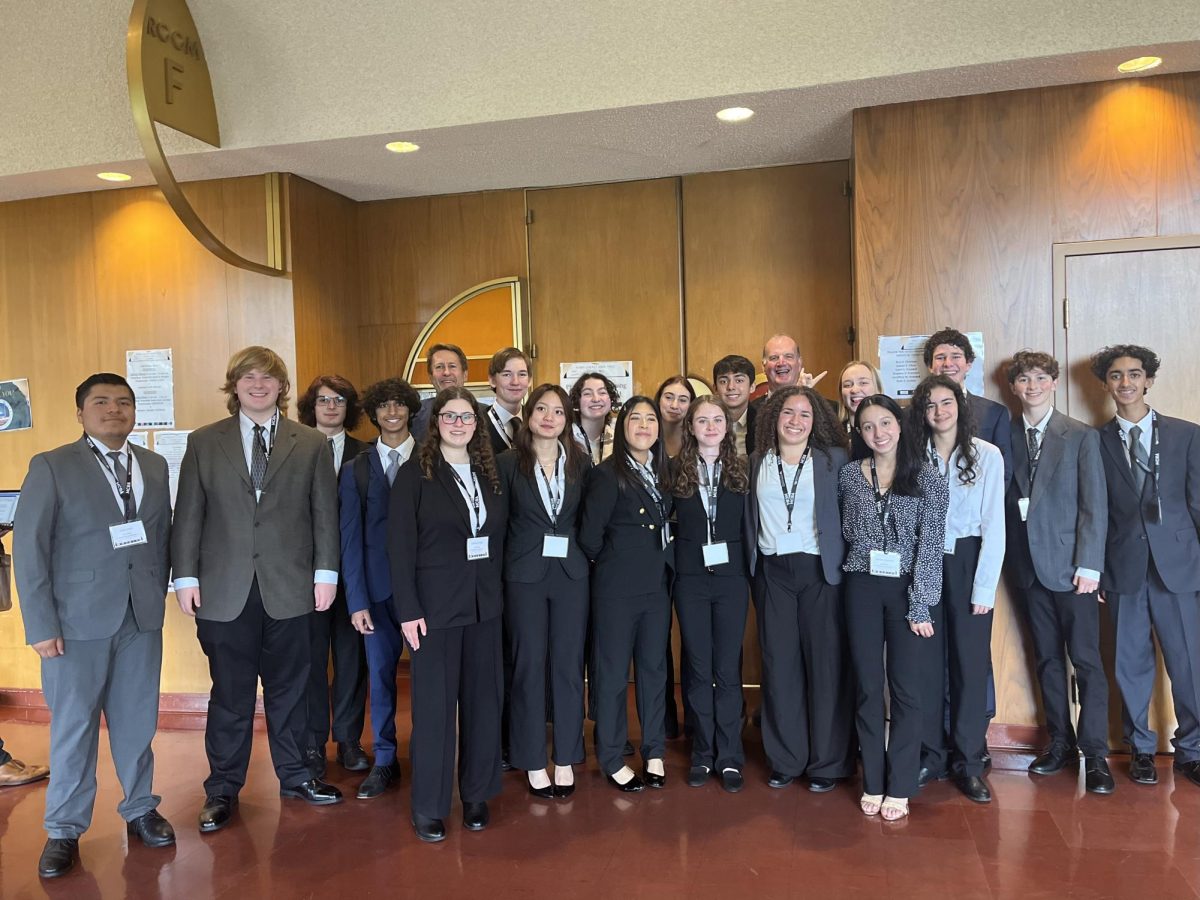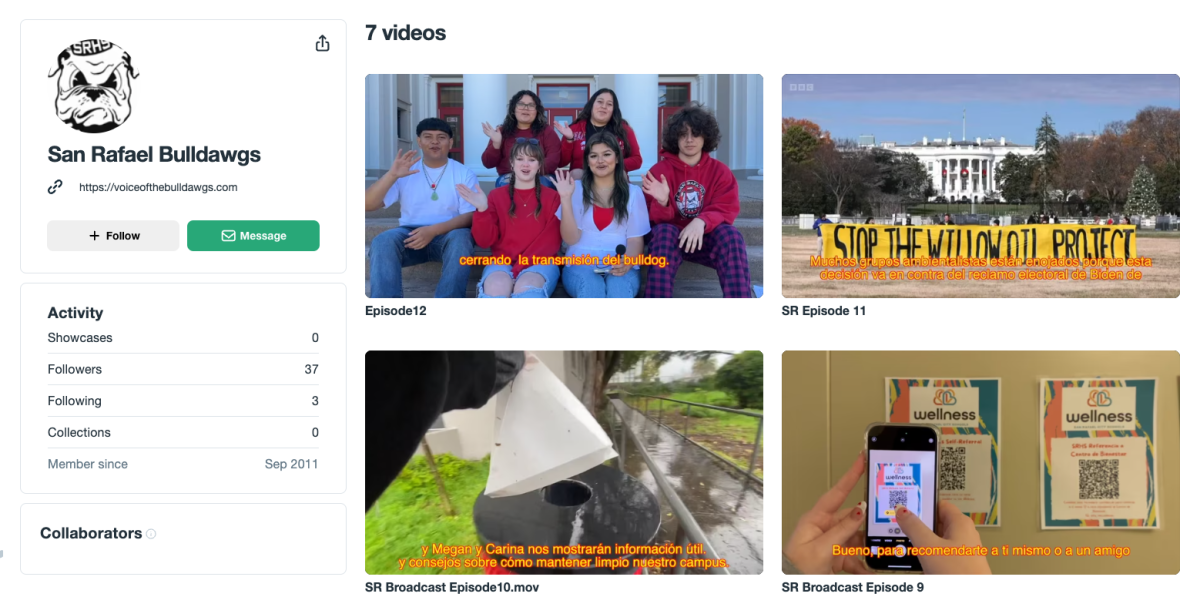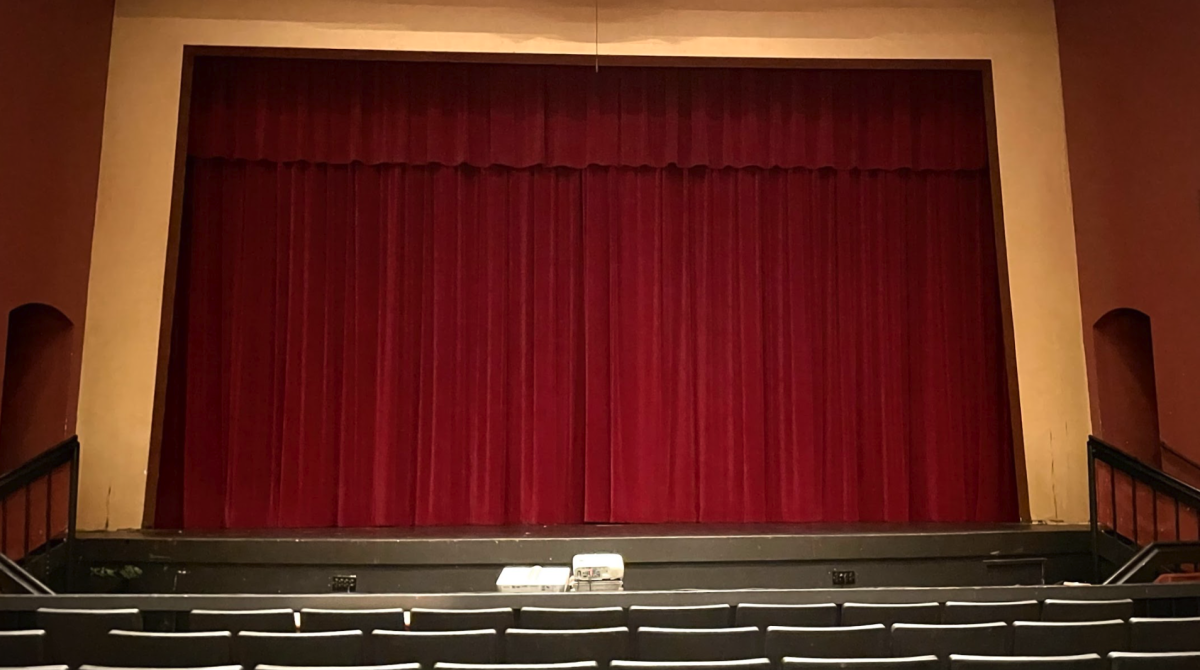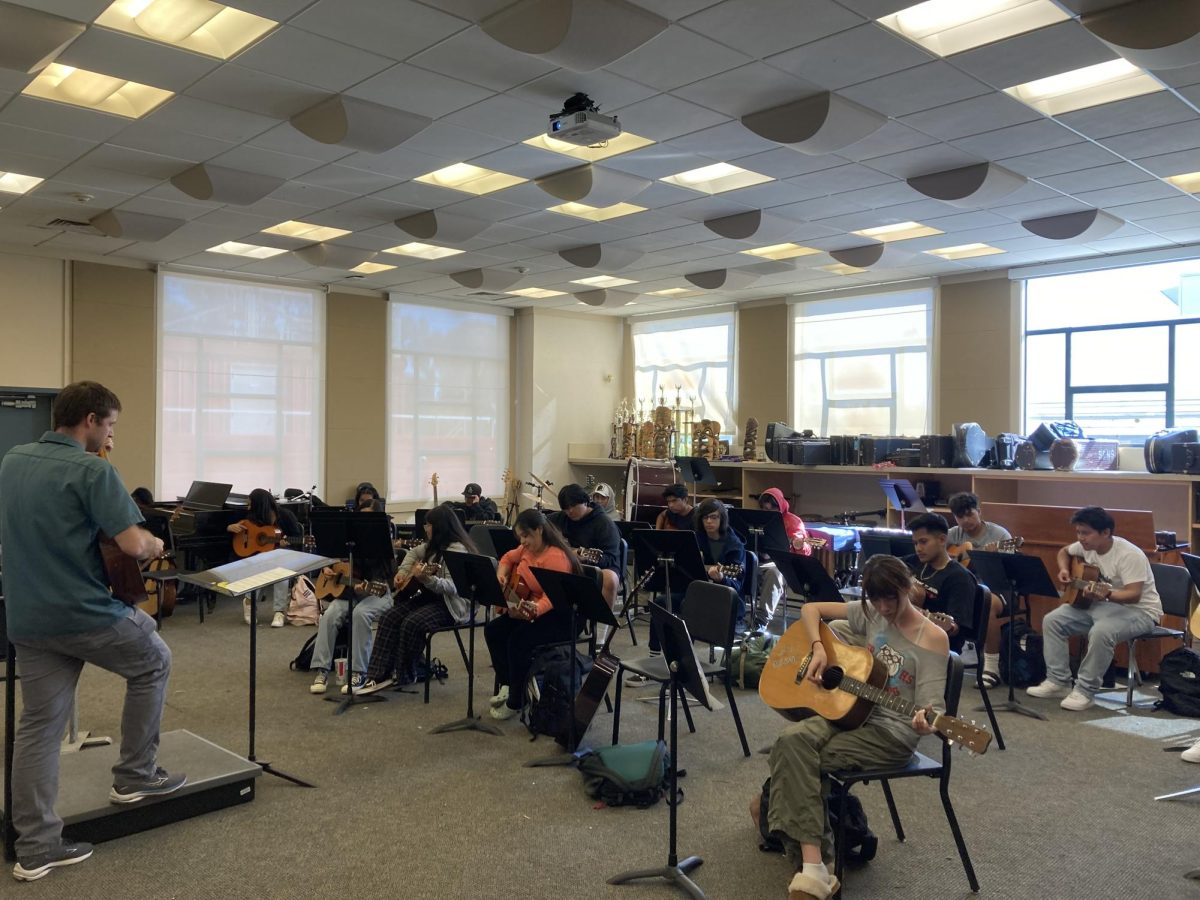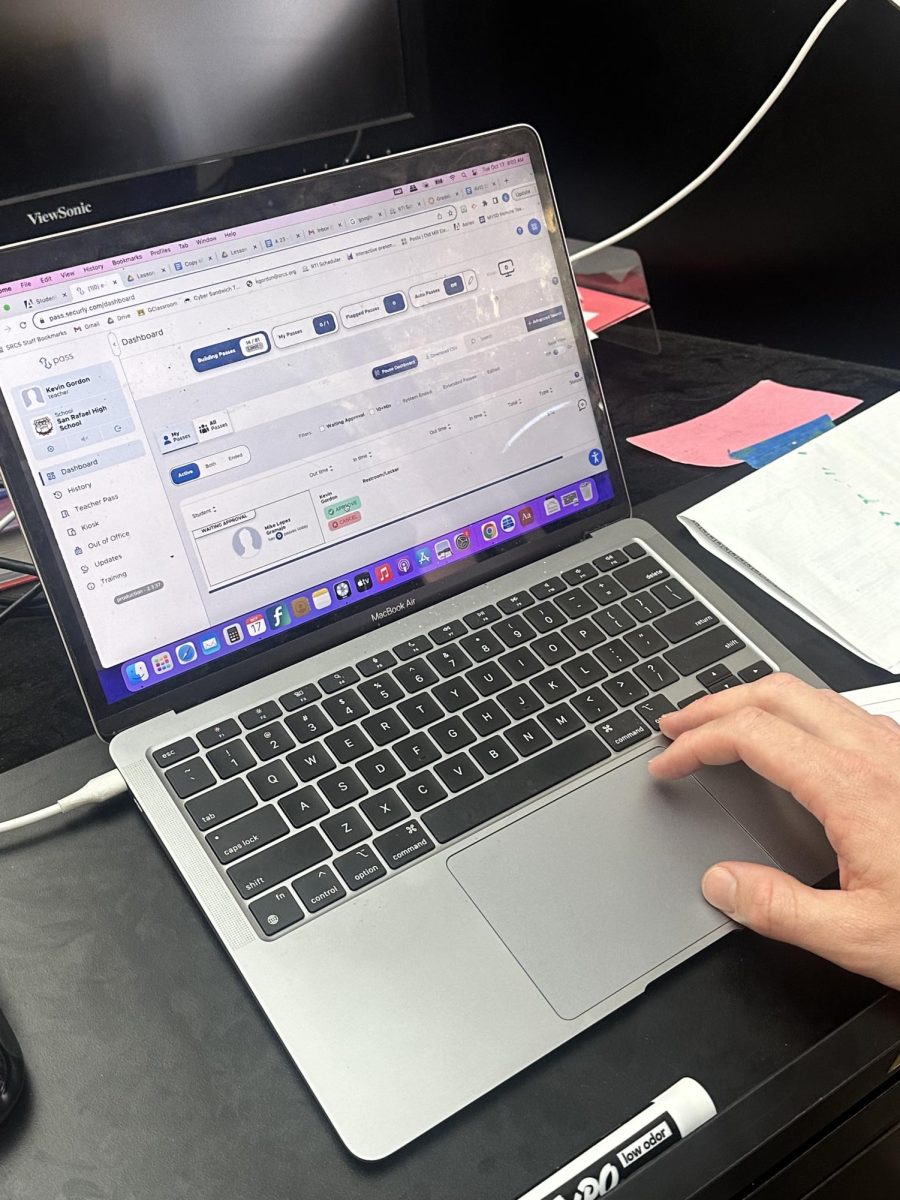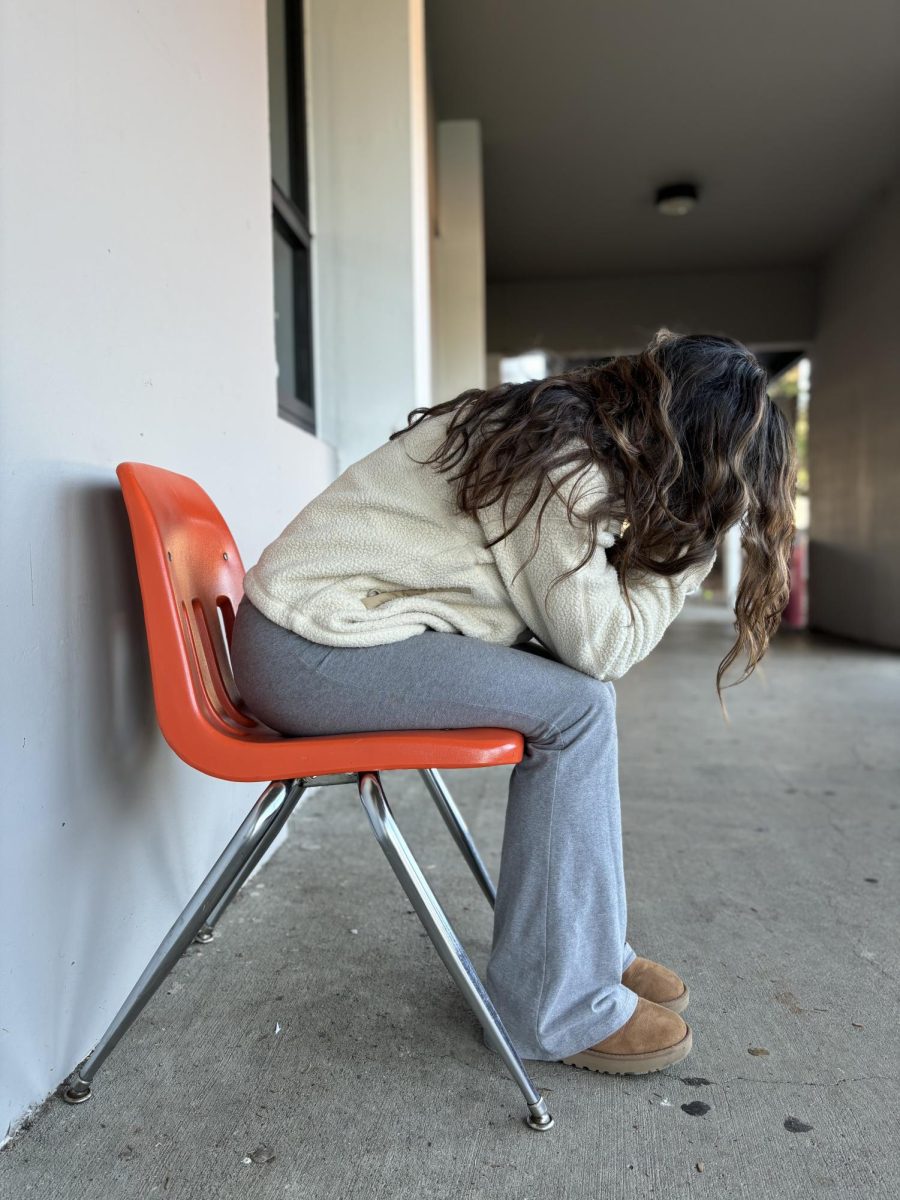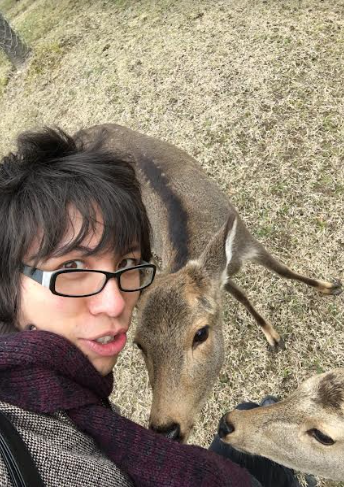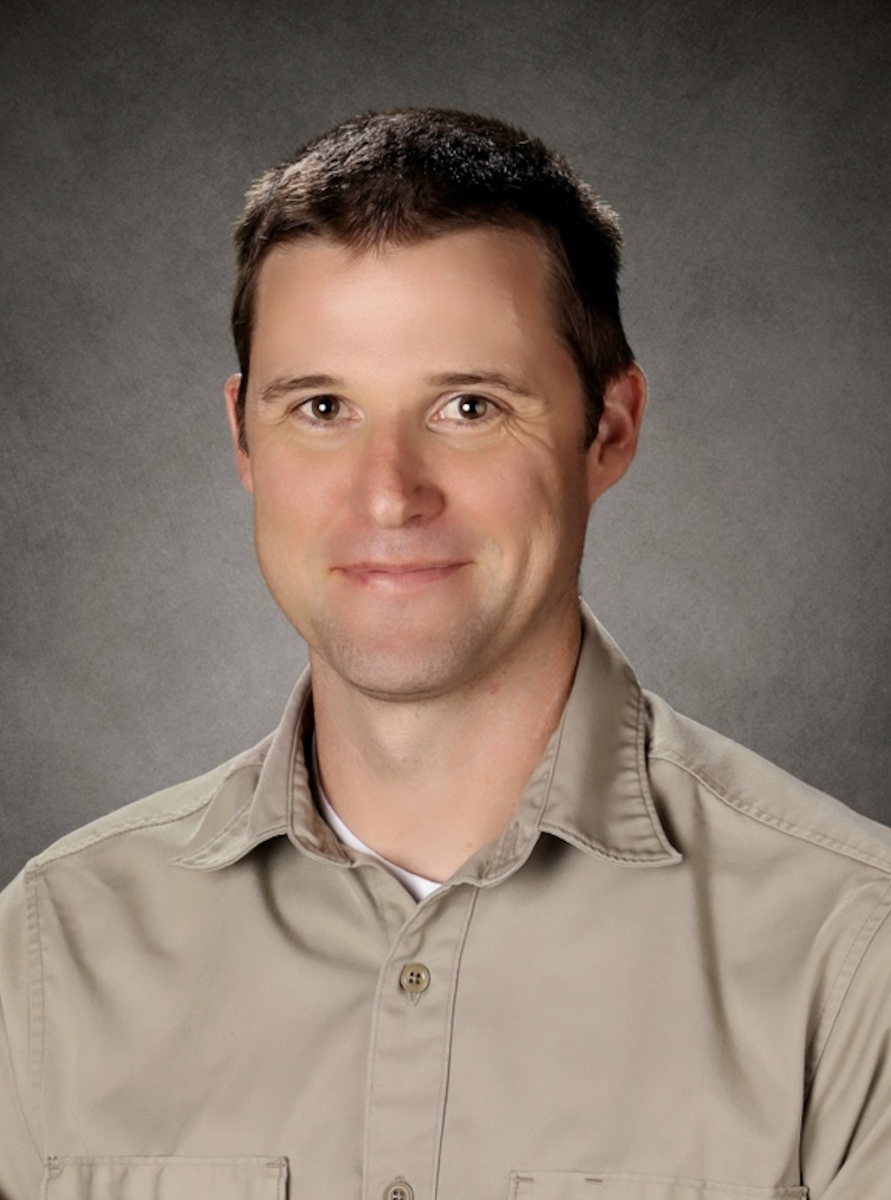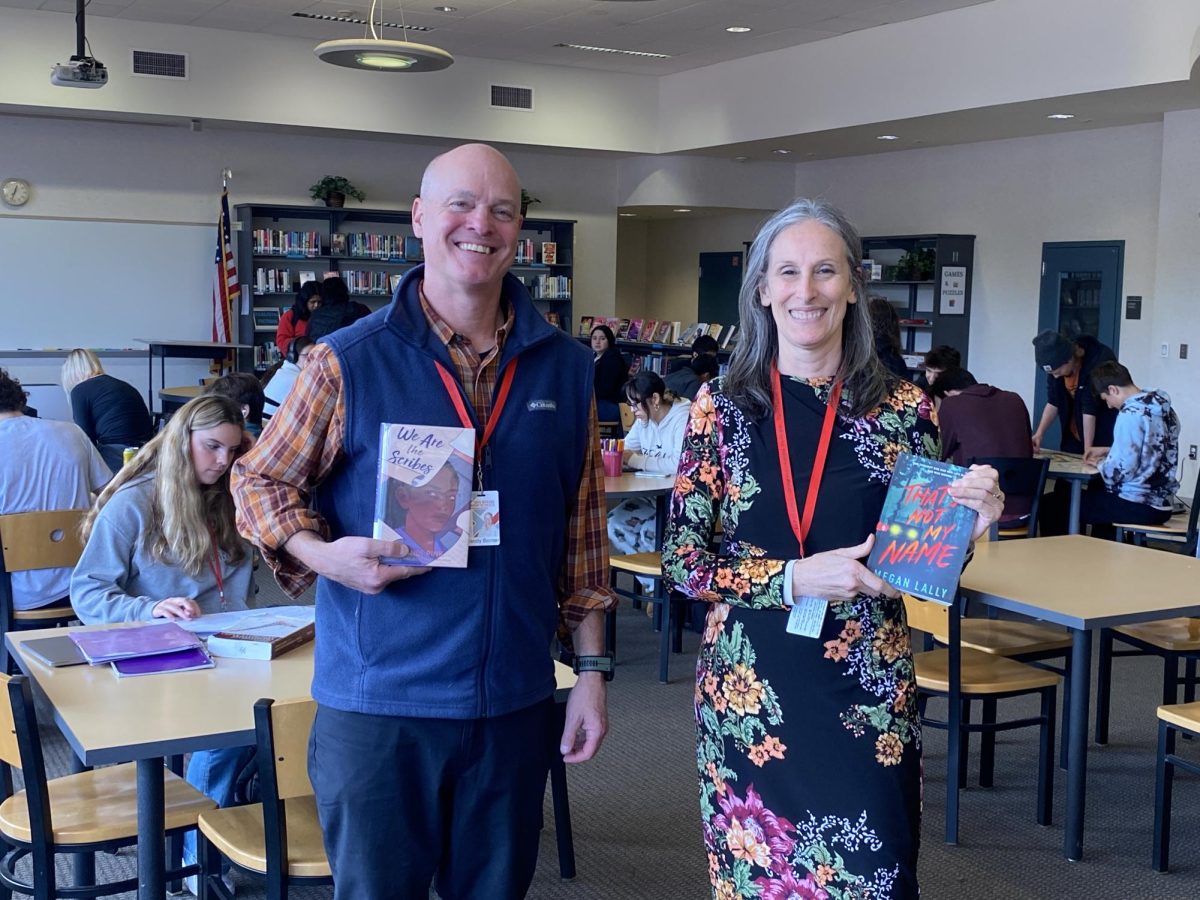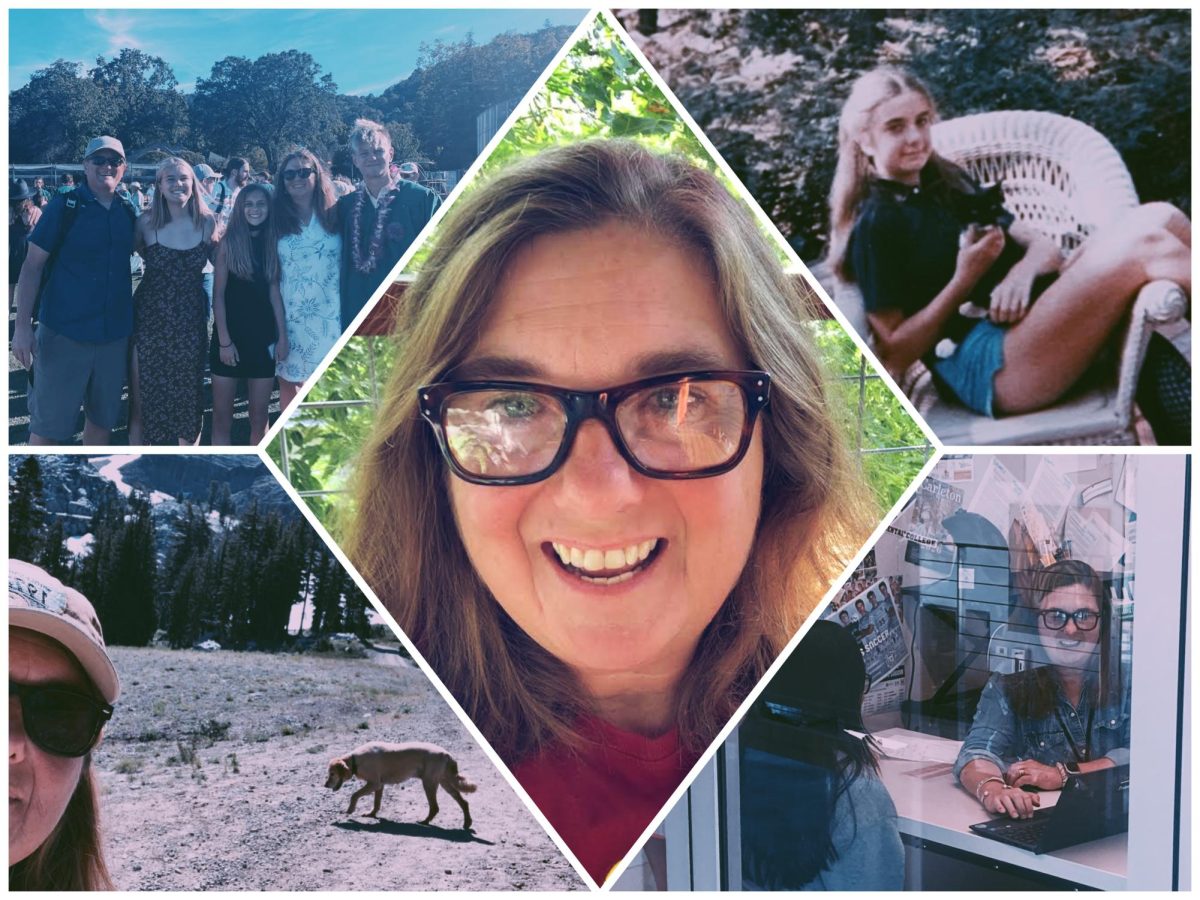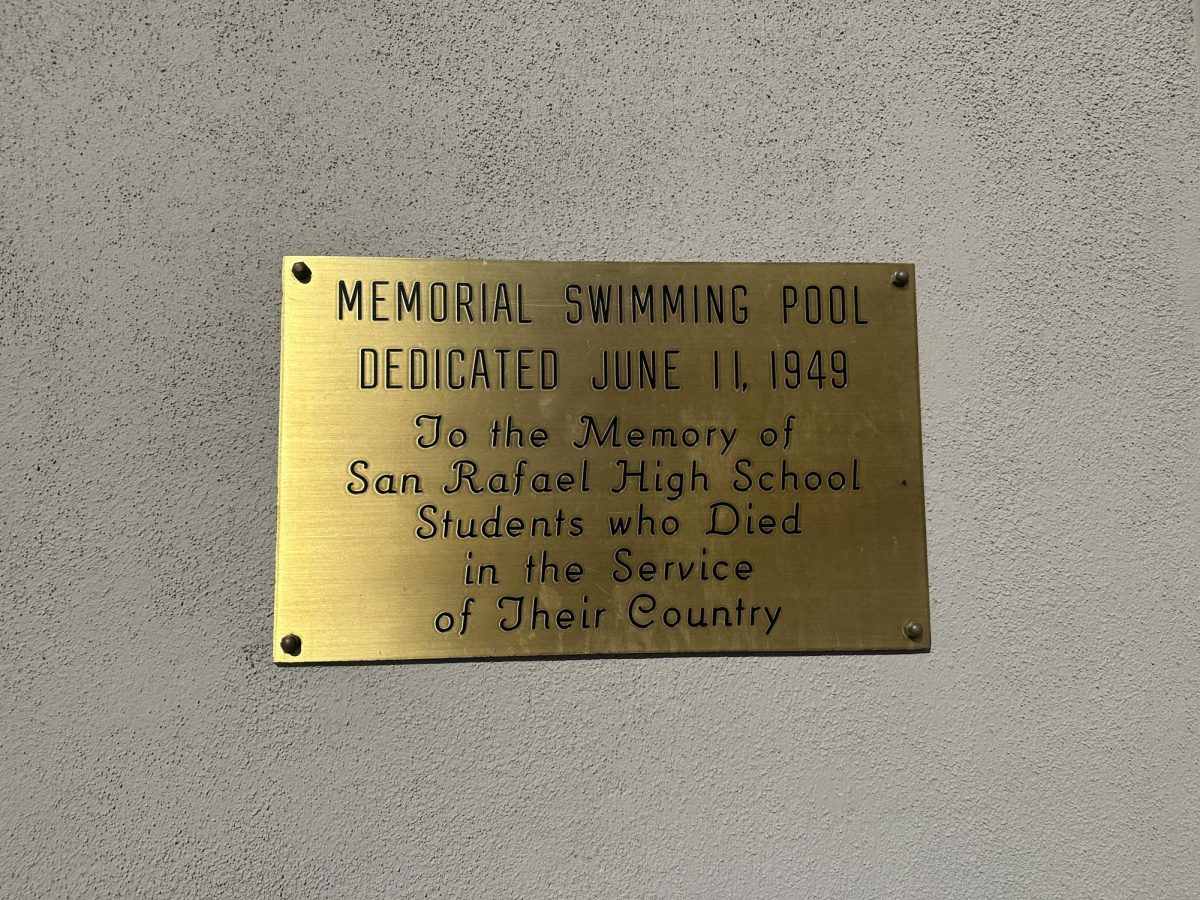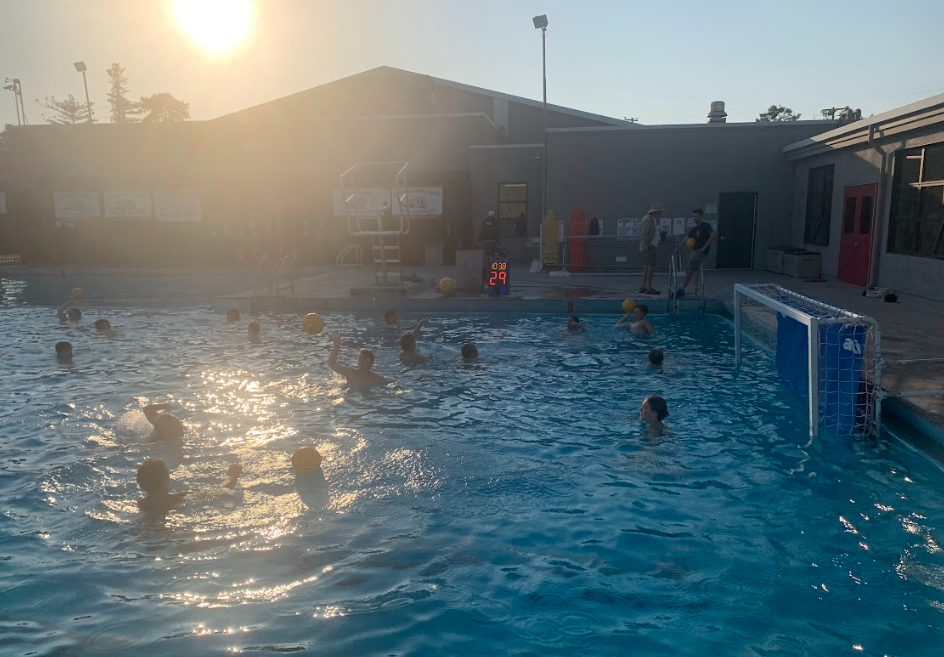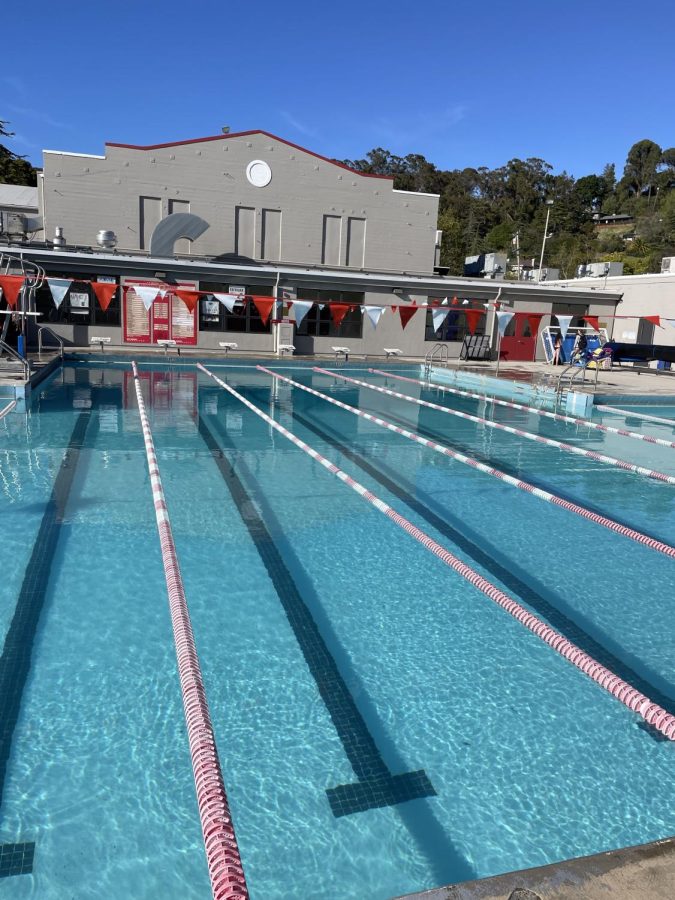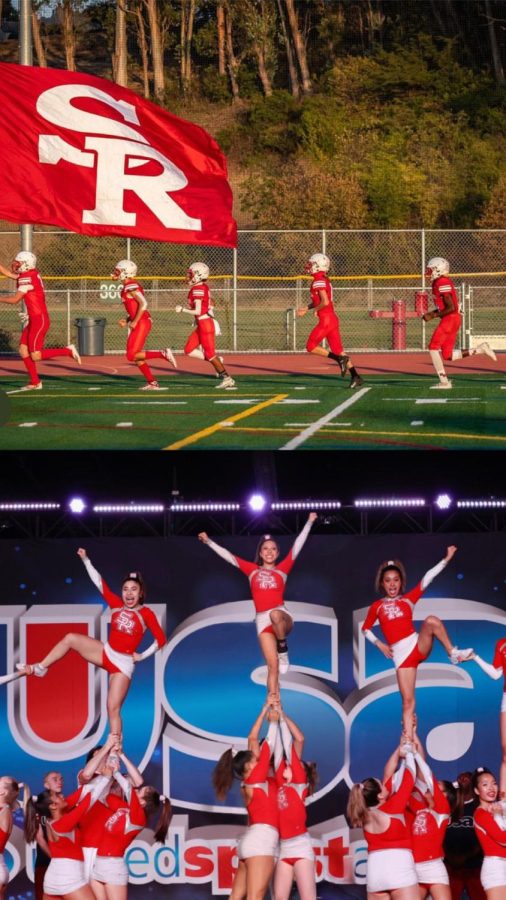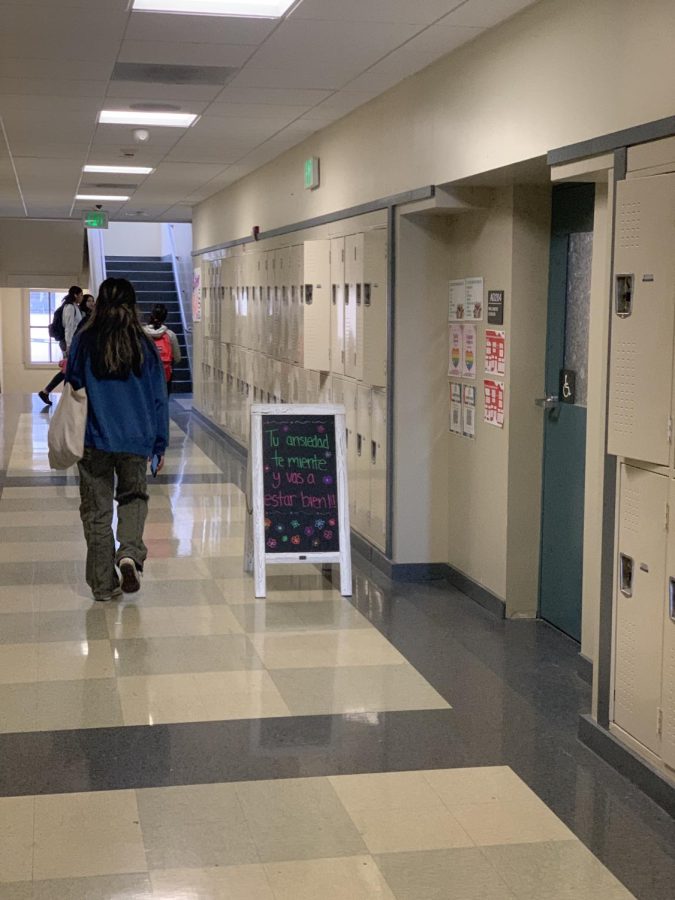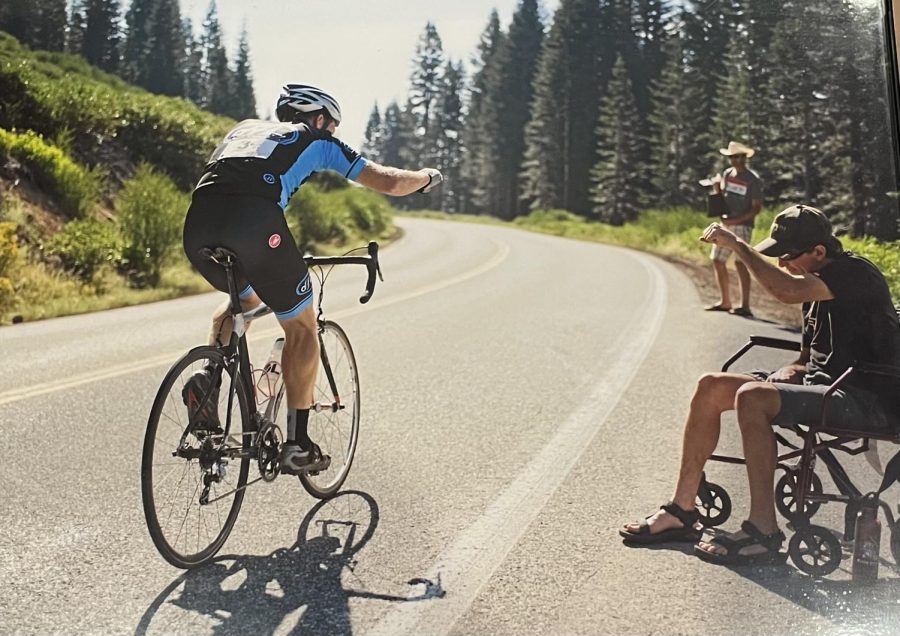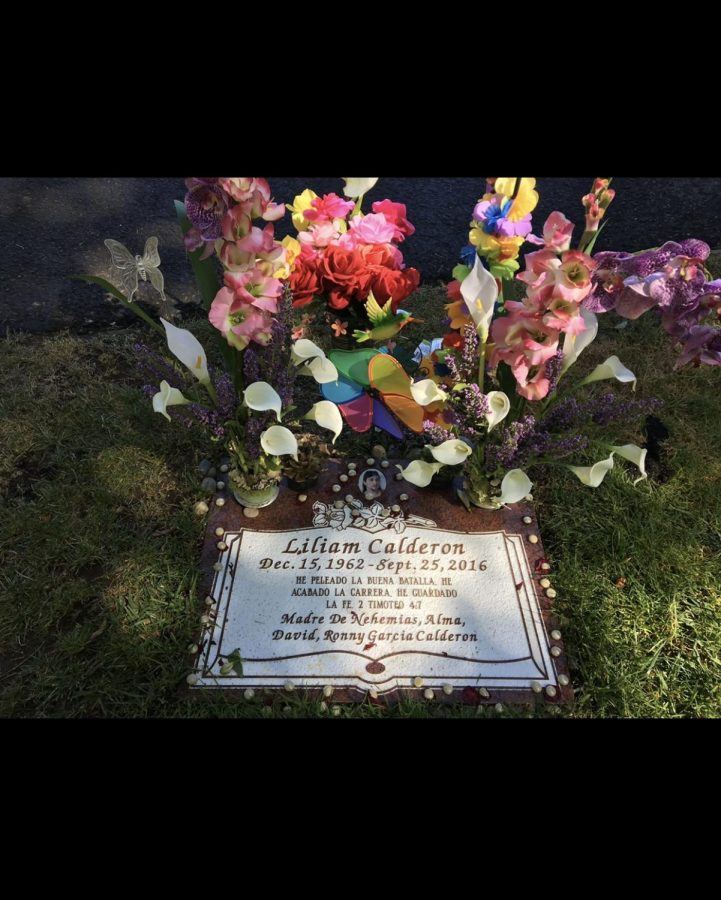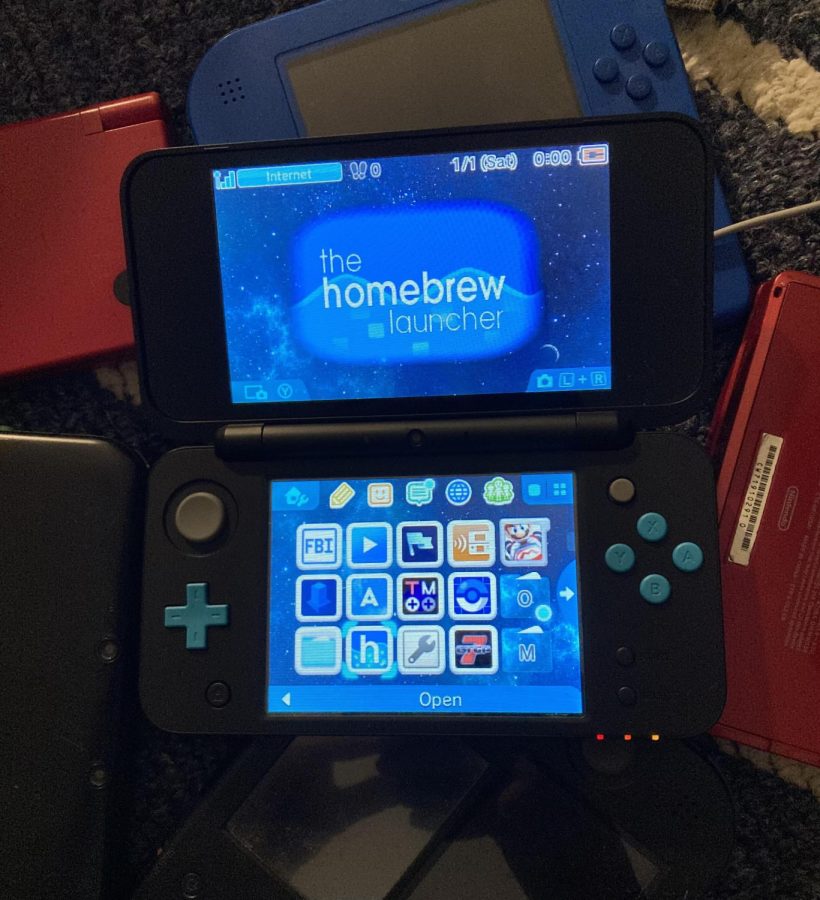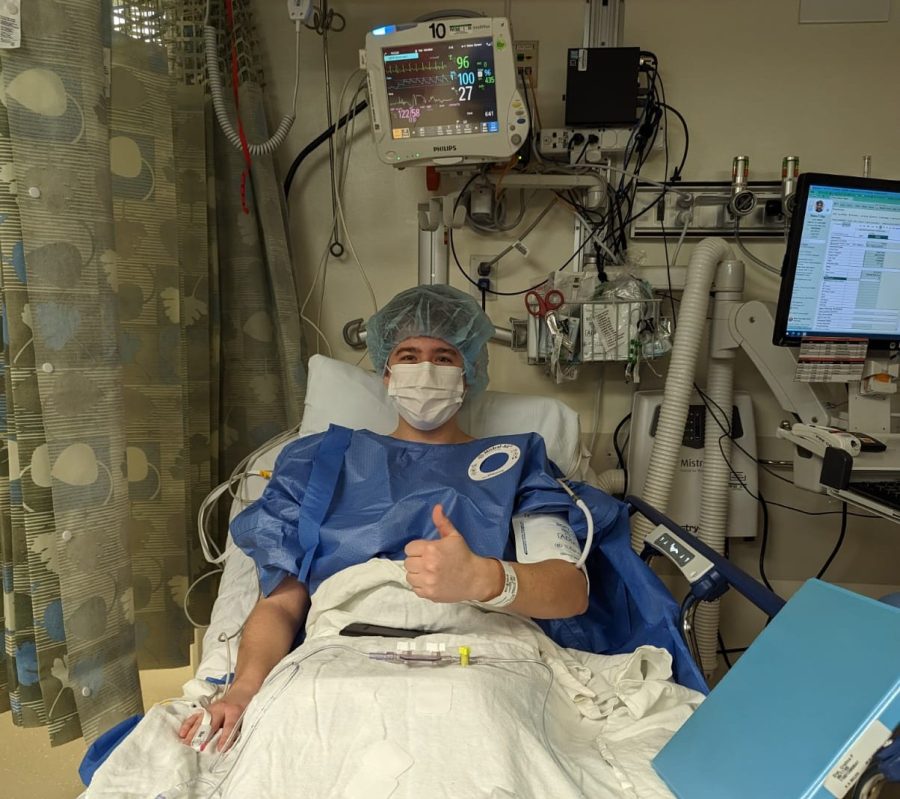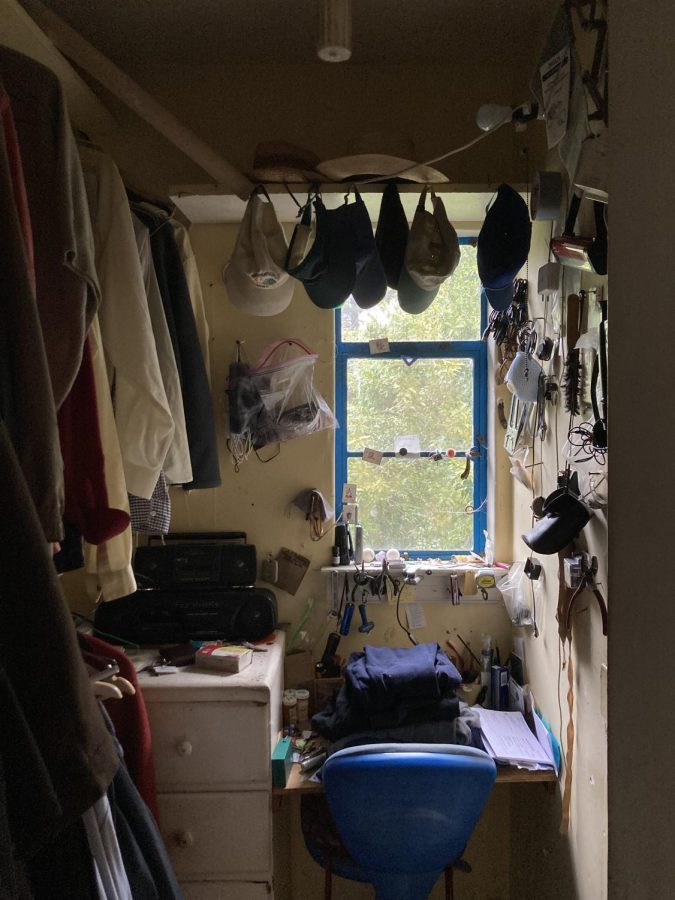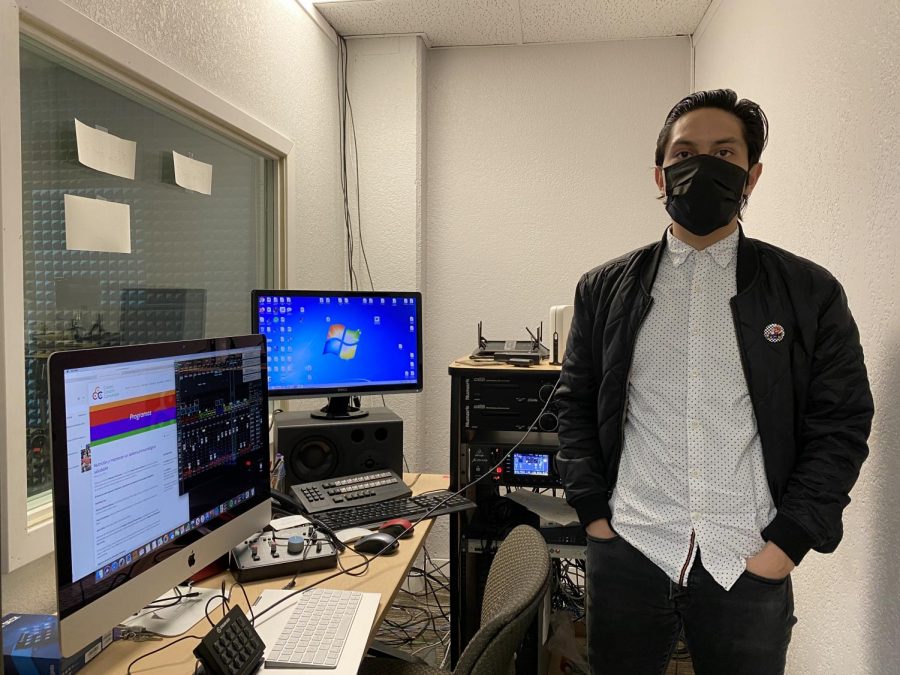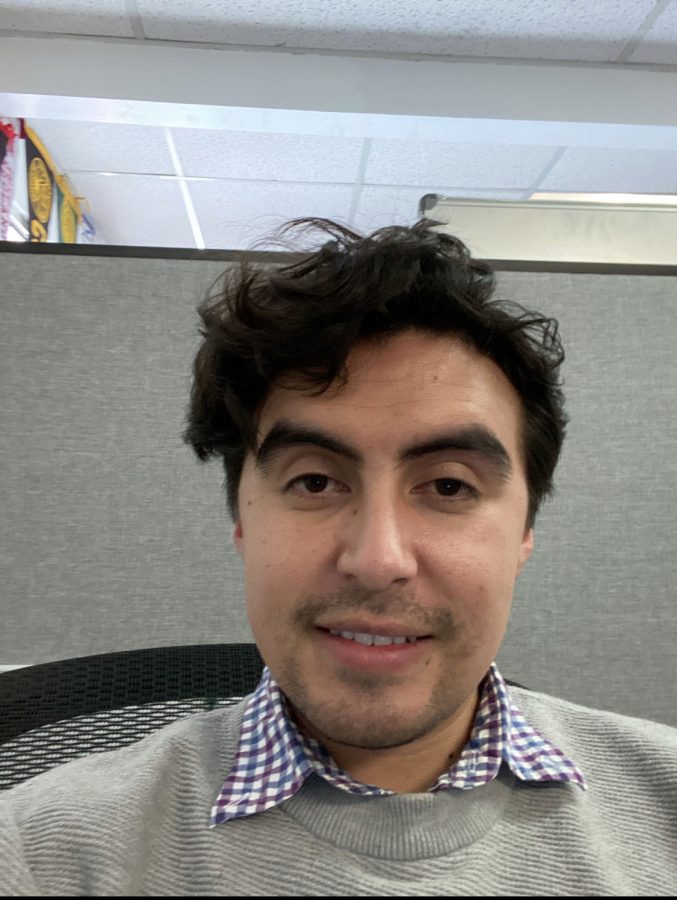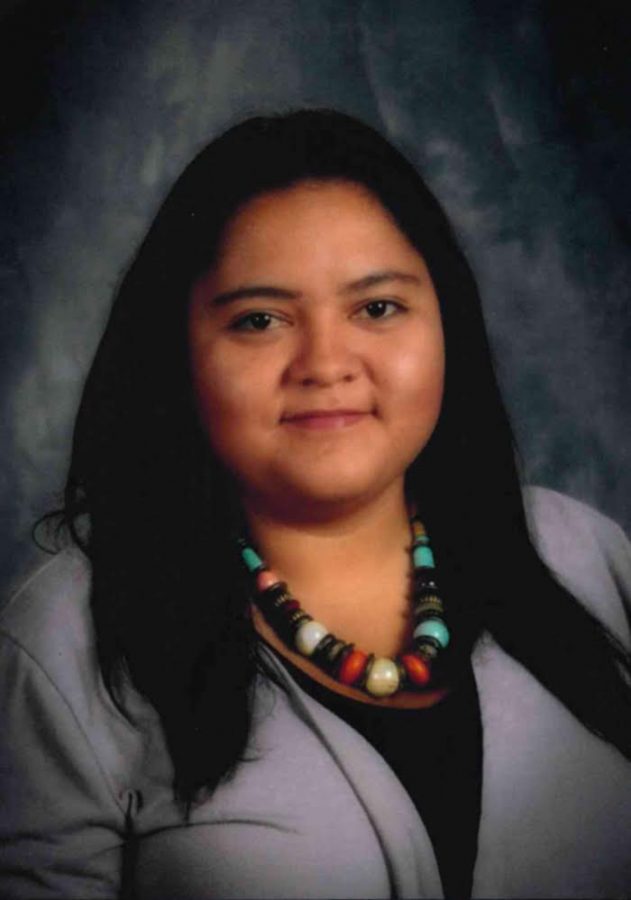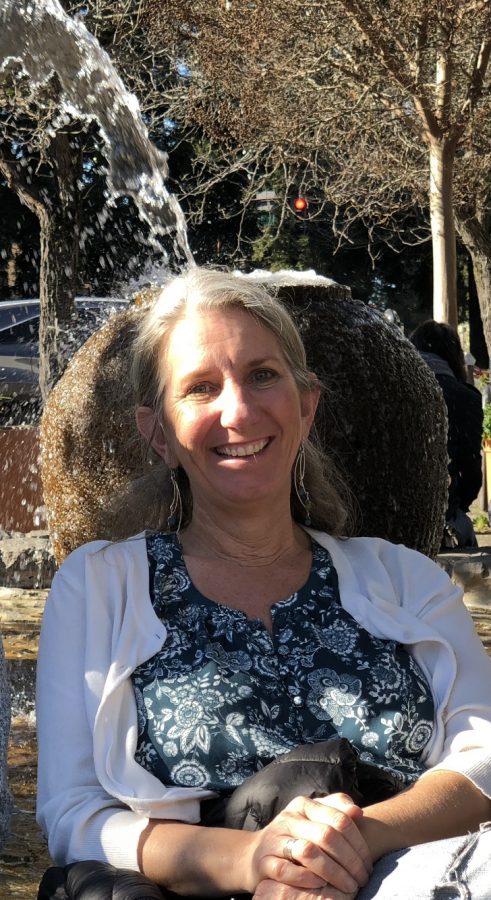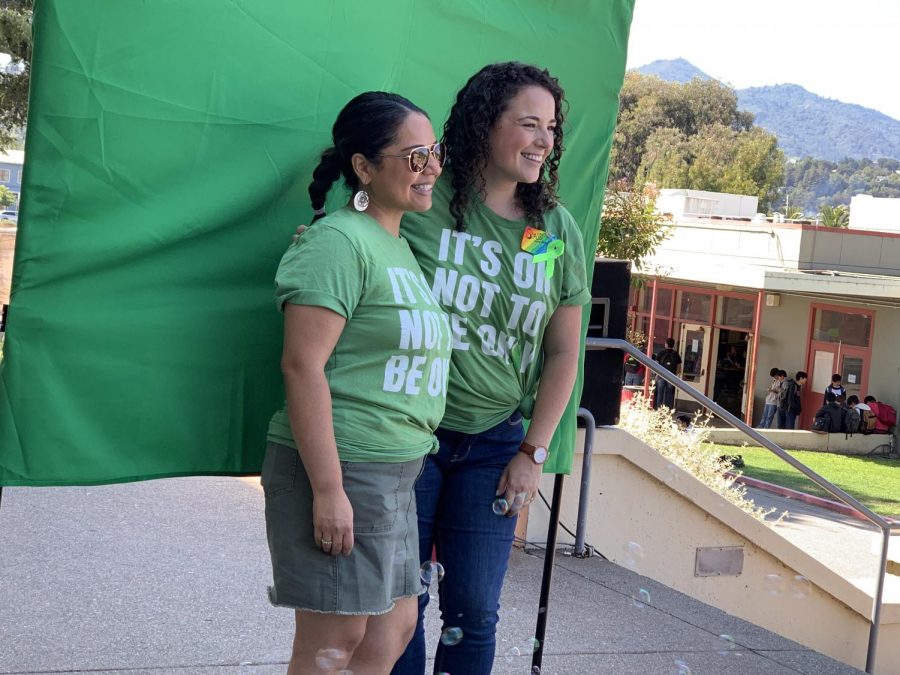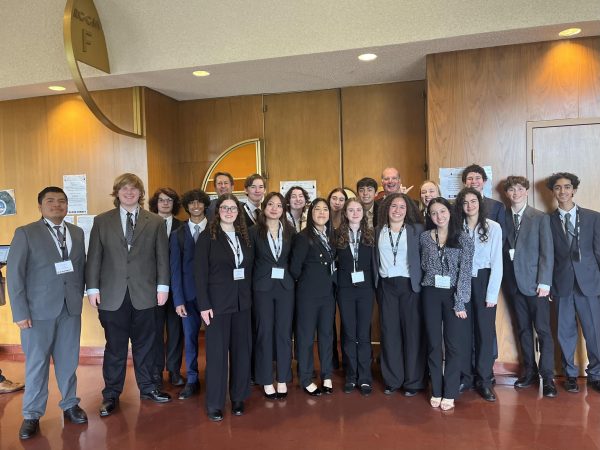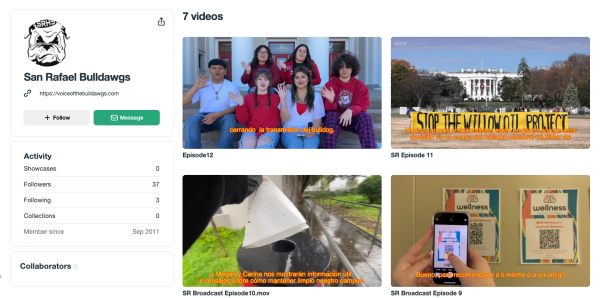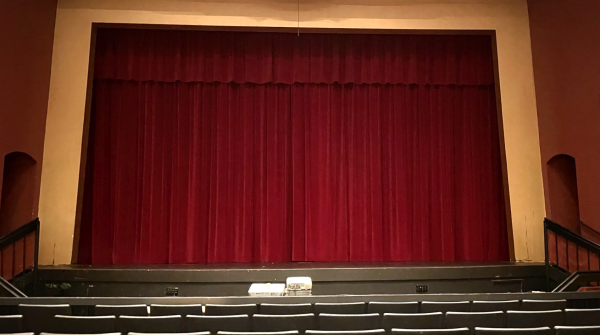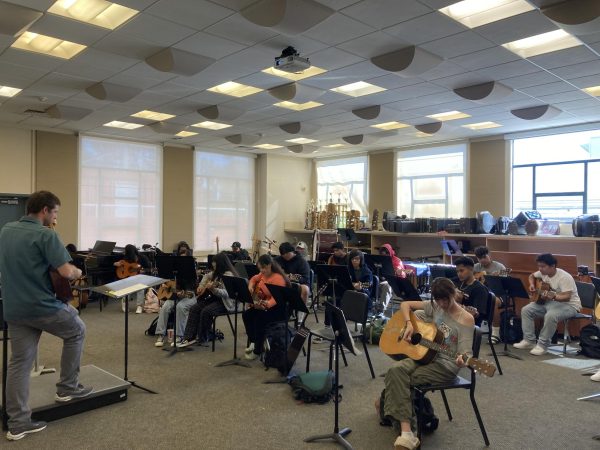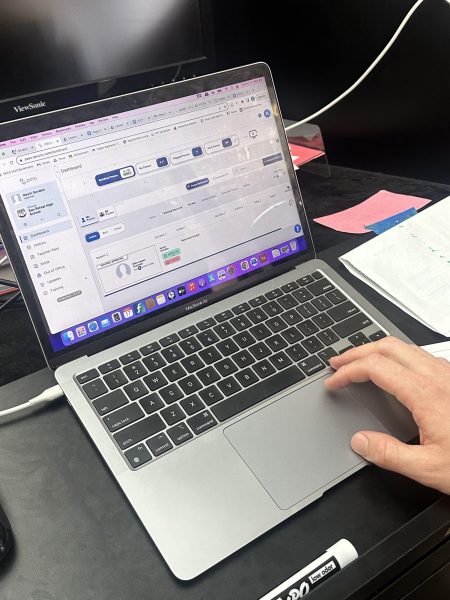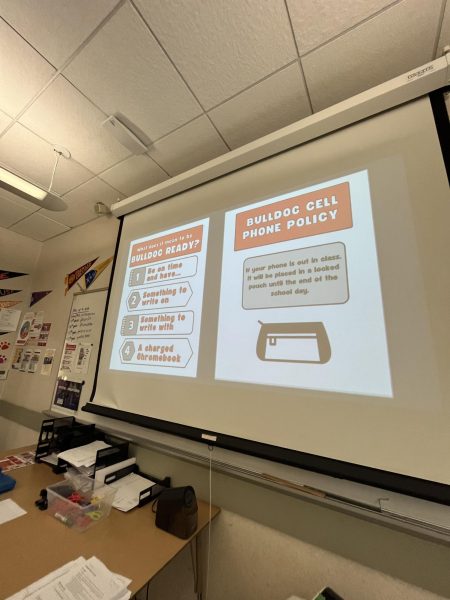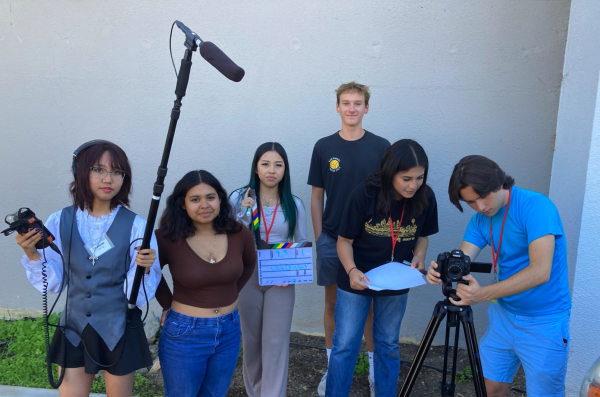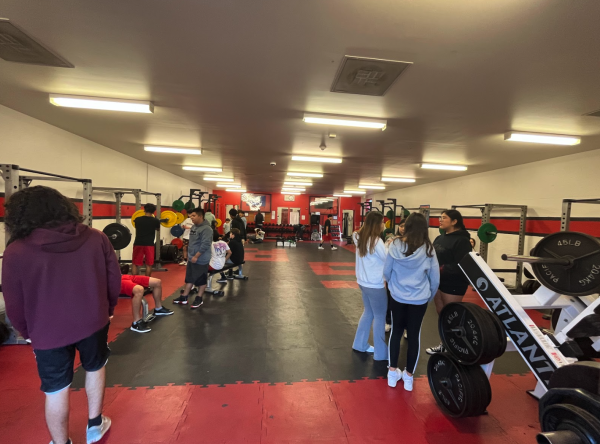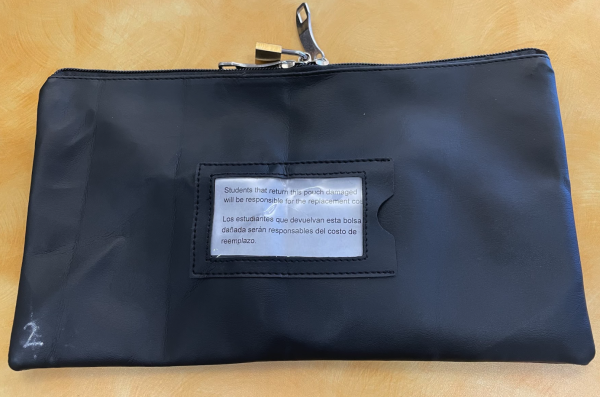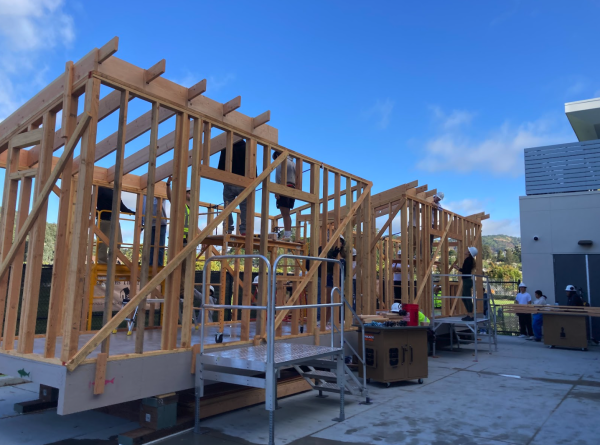New Bilingual Therapist Opens Doors for Newcomer Students
November 26, 2019
The hiring of Judy Schwerin, the new bilingual mental health therapist at SRHS for the 2019-2020 school year, shows that the school is trying to support the large surges of newcomers who are struggling to adapt.
“There was a really strong desire to hire someone who was not only bilingual, but understood the social, emotional, and cultural needs of our entire student community,” said Mr. Dennis, SRHS’s principal since 2013.
The increase in bilingual mental health services came soon after teachers, staff, and students advocated for this cause. Nicole Janson, the Mental Health Clinical Supervisor for San Rafael City Schools, explained how she advocated for an increase in bilingual and mental health services.
“There was an inconsistency of community mental health providers and we had very little contacts with them as well,” states Ms. Janson.
According to Mr. Dennis, the only mental health services last year for Spanish speakers was Huckleberry. Huckleberry is a program that aims to support and teach youth with a variety of services. They came to SRHS twice a week to provide mental health services to non-English speakers.
Crescentia Ritter, a student from the Link Crew class and part of the mental health committee last year, explains how mental health services was not targeting a certain group at our school. She then says, “If a whole population isn’t aware of the significance of mental health, they’re going to be ignorant and struggle on their own.”
The Link Crew leadership class was instrumental piece in hiring a bilingual mental health therapist. Link Crew is a student driven elective aimed towards creating a positive impact on school and community. They regularly met with school district members to voice their opinions on this crucial topic.
The Link Crew teacher, Ms. Padayachee, states, “All students deserve to feel safe and supported. Finally, we are able to provide these much needed services to a large portion of students who before had to endure the struggles of their journey to the United States.”
Ritter explains that they met with Mike Gardner, who used to be the Director of Student Services for San Rafael City Schools, to discuss their concerns regarding mental health services at SRHS. In addition, they met with the principal, the mental health team, and outside community partners.
The San Rafael City Schools District reopened the position for a mental health therapist because it had not been filled in for about a year. Ms. Janson mentioned that, “the struggle for the district was being able to find the right fit for the school community and retaining staff due to high costs of living/working here.”
Ritter transferred to SRHS last year. However, she knew how to properly speak English, so the language barrier was non-existent for her. She had a smoother transition than other students who do not have English as their first language.
Ritter mentioned a student in the Link Crew class who was a newcomer and how it opened her eyes to the struggles of newcomers. She says, “Somehow, he fell through the cracks of the school system that were supposed to help him with this.”
“It was totally different for me because I could effectively communicate with all my teachers, easily made friends, knew how to start playing sports at school, and knew how to get involved with different clubs/activities. As where a lot of the things here aren’t advertised to newcomers,” said Ritter.
The student Ritter mentioned earlier was Melykn Mazariegos, a graduate of SRHS. He was a newcomer back in 2016 and graduated in the class 2018-19. He explains his personal struggles of being a newcomer saying, “Not knowing the language people speak at your school makes you feel invisible and lonely. It was really hard to adapt to the new school.”
Newcomers are “recent immigrants at the secondary school level who have little or no English proficiency, and limited or no formal education in their native countries,” according to ¡Coloriín Colorado!, a national website aimed to help educators and families of English language learners from preschool to highschool.
Yanelly Gomez Sarat, a sophomore who used to be a newcomer back in January 2018, gave insight on how newcomers feel emotionally, she says, “One suffers in their journey here to the United States. There are a lot of horrible things that happen and when they finally arrive here, they say ‘I cannot go on anymore’.”
“When one has problems in their house, school, and with their friends, they may become depressed,” she explains. “Many tend to go to the streets to find gangs whom they consider as their friends.”
A study done by the Mexican American Research Center shows that there is a strong coorelation between bicultural stress such as discrimination or immigration and risky behaviors in youth. Examples of risky behavior include drinking, smoking, and violence.
“When I arrived here, I felt weird and I missed my home country. I did not know anything,” said Seidy Mendez, a senior at SRHS. “I came here a month after school had already started. I had to make a lot of appointments for vaccines and my mom tried to arrange everything, it was stressful.”
Mendez was a newcomer when she arrived in San Rafael last year in May. She mentioned that her cousin helped her navigate the school system. She said without her, she would be even more lost since she was new to everything.
Another study showed that when immigrant families adjust to a whole new environment, the children are often given the task to help guide the parents through the systems. This could ultimately add unnecessary stress on a kid to mature quickly at a young age.
Leidy Perez, another senior who used to be a newcomer a year and a half ago, explains the struggles of her journey. She said that the people who guided her and her family to the U.S. got them lost in the mountains. Her family went 2 days without food or water.
Finally, when they were able to get out, her brother would not wake up. They repeatedly told him to wake up while continuously shaking him. She explains that it was a terrifying experience. Her brother thankfully woke up, but it was a fear that stuck with Perez ever since.
Perez mentioned, “I am not the strongest mentally, but it affected me a lot. I cannot imagine someone younger to go through the same thing. It is a fear that stays in the heart and mind. There is no way to get rid of that fear by yourself without help.”
Newcomers feel the significant impact of the bilingual mental health therapist in a variety of ways. According to all the students interviewed, they feel more comfortable, included, and grateful that Ms. Schwerin is here to support them.
“What is really beautiful about the situation I am in right now is that I am integrated into the community by being a part of a variety of programs that help others,” said Gomez.
Ms. Schwerin is even able to connect personally with the newcomer students as well by“being bicultural, I am a first generation American Salavadorian,” said Ms. Schwerin. “I was born here. My parents are both immigrants from El Salvador.”
In an informal survey completed by three advisories (grades 11th ,12th, & 9th), students were asked whether they agree if newcomers are the most underserved population at this school. Across all the surveyed grades, the “yes” response was overwhelming.
“Judy isn’t gonna solve this issue. She is not going to be able to serve all the kids,” said Nastassia Betcher, a mental health counselor at our school. “It’s a community problem. It is much bigger than SR.”

